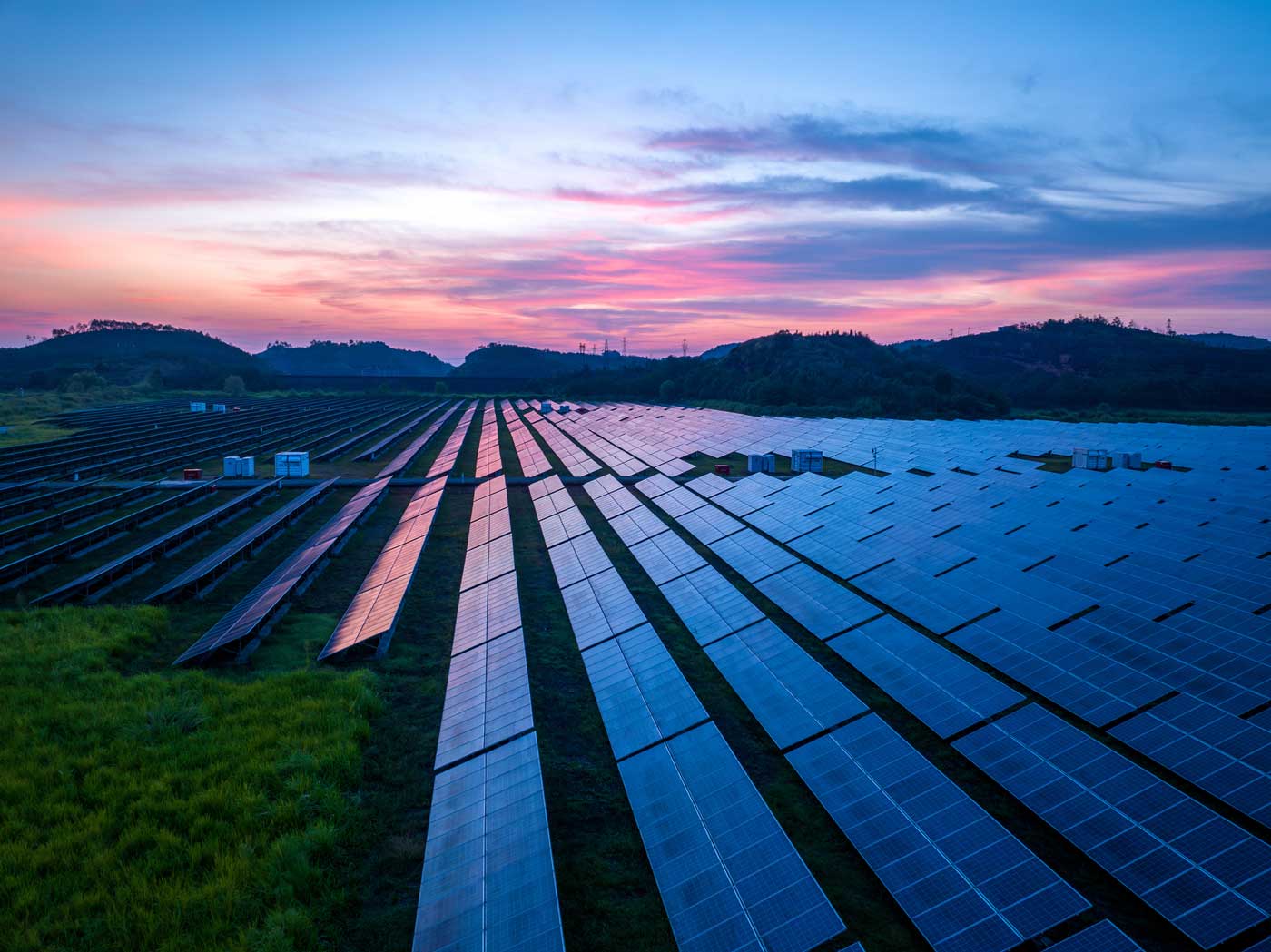
Solar Power Will Soon be Second-Largest Source of U.S. Electricity Generating Capacity
Solar power is poised to become the second-largest source of U.S. electricity generating capacity, according to a recent analysis by Solar Power World. This is despite ongoing challenges for solar development, including local opposition in many communities across Virginia and the nation, generating capacity.
Key findings from Solar Power’s analysis include:
* Renewable Energy Surpasses 30% of Total Capacity: The mix of renewable energy sources now accounts for over 30% of total U.S. utility-scale electrical generating capacity. In the first seven months of 2024, renewables provided a quarter of the nation’s electrical generation.
* Solar Dominates New Capacity Additions: Solar has been the largest source of new generating capacity for eleven consecutive months (September 2023 – July 2024). In the first seven months of 2024, solar comprised 76.9% of all new generation capacity, with its additions 81.2% higher than during the same period in 2023.
* Rapid Growth in Solar and Wind Capacity: The combined capacities of solar and wind now constitute 20.9% of the nation’s total available installed utility-scale generating capacity. When including small-scale solar systems, this figure approaches 25%.
Solar’s Rising Share of Total Capacity: Solar now accounts for 9.1% of total available installed utility-scale generating capacity, surpassing hydropower (7.8%) and nuclear power (8.0%).
* Projected Growth: The Federal Energy Regulatory Commission (FERC) forecasts “high probability” additions of 89,971 MW for solar between August 2024 and July 2027, nearly four times the projected additions for wind.
* Future Projections: By August 1, 2027, solar is expected to account for 15% of the nation’s installed utility-scale generating capacity, potentially surpassing both coal (13.2%) and wind (12.8%).
* Small-Scale Solar Contribution: Small-scale solar (systems <1 MW) accounted for almost 30% of all solar generation and provided 2% of U.S. electricity supply in the first seven months of 2024.
Steadily increasing solar energy production will be particularly important for Virginia to achieve its clean energy goals moving forward. The Virginia Clean Economy Act of 2020 (VCEA) mandates the Commonwealth’s two largest utilities, Dominion Energy and Appalachian Power, to transition to 100% renewable energy generation by 2045 and 2050, respectively. Many states have set similarly ambitious goals.
In Virginia and the Mid-Atlantic, addressing challenges such as local opposition, grid integration, and energy storage will be essential if clean energy goals to be achieved. I’ve written about these local challenges extensively, with more to come. The industry’s ability to overcome these hurdles, here and elsewhere, will influence the pace and extent of solar energy’s inevitable ascent in the U.S. energy market moving forward.



Sorry, the comment form is closed at this time.